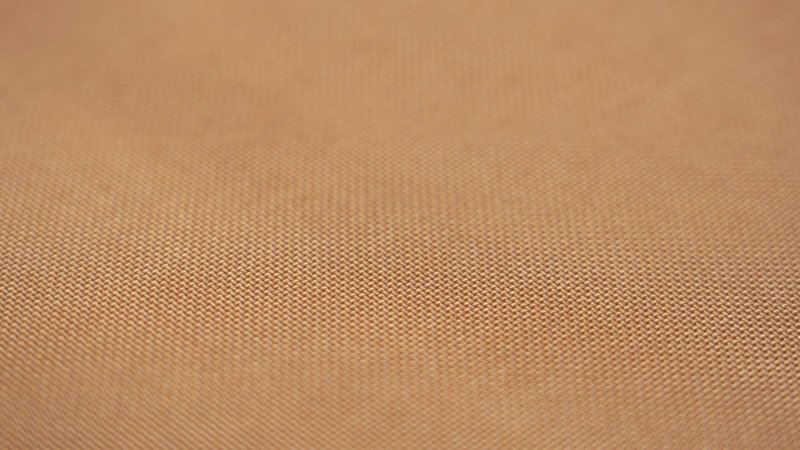Nylon (polyamide) fabrics for rubber adhesion
Nylon is widely used across many industries for reinforcing the sulphur curing rubbers

Nylon is widely used across many industries for reinforcing the sulphur curing rubbers. The reason for its use is its chemical compatibility with RFL (resorcinol, formaldehyde, latex) and the excellent bond achieved between the RFL dip and the nylon fabric, as well as between the RFL and the rubber. The technical characteristics of the RFL dipped fabric can be tailored in the production process.
RFL technology works for Natural Rubber, SBR, Chloroprene or Neoprene, and Nitrile Rubber. Compotex offers all these to their customers.
Compotex also offers water-based technology and expertise for the adhesion of nylon fabrics to the peroxide curing rubbers. These rubbers include silicone, EPDM, FKM and NBR. This bonding technology is a two-stage process, and Compotex is an industry leader in this field.
Nylon 6.6 is normally preferred over Nylon 6 for the rubber industry. RFL dipped Nylon 6.6 has better temperature performance, better abrasion resistance, better tensile and lower elongation.
Contact us now
RFL technology works for Natural Rubber, SBR, Chloroprene or Neoprene, and Nitrile Rubber. Compotex offers all these to their customers.

Nylon (polyamide) fabrics for rubber adhesion example
A customer contacted Compotex for a new development for RFL dipped nylon fabric for adhesion to a blend of Natural Rubber and SBR.
For us this is standard production, but every development is different and there are choices to be made. We have a number of RFL formulations which give different outcomes.
While all Compotex RFL dipped fabric gives good adhesion, there are high performance specifications for the very dynamic and stressed parts. The specification choices include the vinyl pyridine (VP) content within the latex, and the overall % pick up of RFL dip.
In this case, Compotex was able to quickly recommend one of our standard specifications. We then made a proposal to the customer for a production trial of 50 metres to be completed within 2 weeks.
The customer placed the development order, and the production trial ran as expected. Within 2 weeks, the customer had the fabric and tested it with their NR / SBR blend. The tests passed, and the RFL dipped nylon fabric was approved for production.

